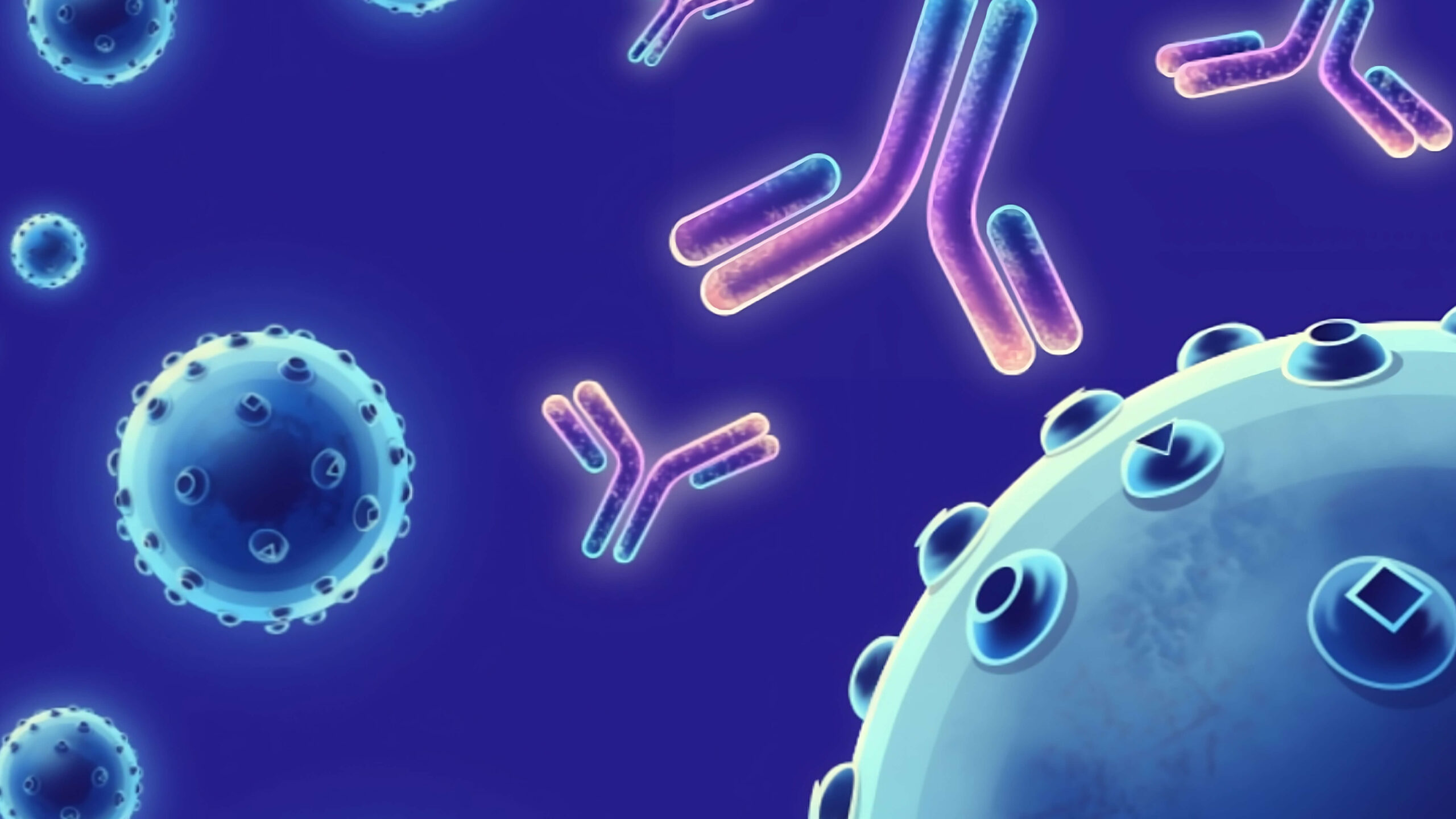Description
Carbonic anhydrases (CAs) are a large family of zinc metalloenzymes first discovered in 1933 that catalyze the reversible hydration of carbon dioxide. CAs participate in a variety of biological processes, including respiration, calcification, acid-base balance, bone resorption, and the formation of aqueous humor, cerebrospinal fluid, saliva, and gastric acid. CA12, also known as Car12 and carbonic anhydrase XII, is a type I membrane enzyme of an N-terminal extracellular catalytic domain, a membrane-spanning -helix, and a small intracellular C-terminal domain. It is highly expressed in colon, kidney, prostate, intestine and activated lymphocytes and moderately expressed in pancreas, ovary, and testis. Overexpression of the CA12 is observed in certain human cancers and is used as a tumor marker. rmCA12 corresponds to the extracellular domain and has both carbonic anhydrase activity and esterase activity.
Target
CA12
Target Alias Names
CA12, CAXII, FLJ20151, HsT18816
Isotype/Mimetic
Mouse IgG1
Animal-Derived Biomaterials Used
No
Sequence Available
No
Original Discovery Method
Hybridoma technology
Antibody/Binder Origins
Animal-dependent discovery, post-2020, In vitro recombinant expression

